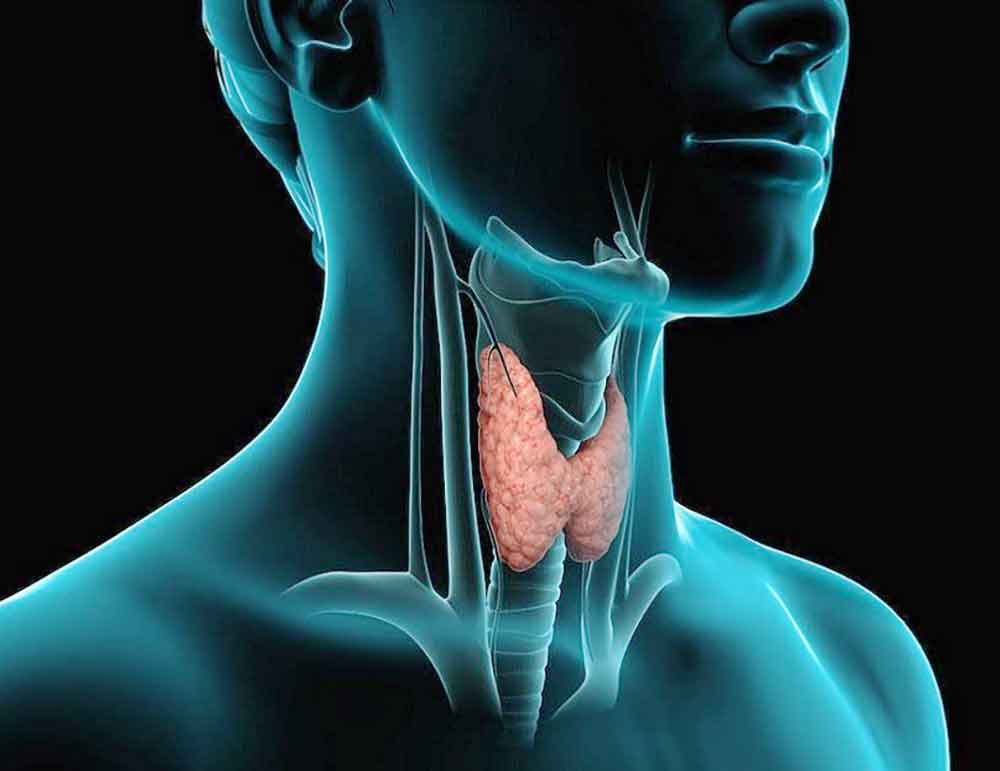Diseases of thyroid gland (TG) among endocrinopathies occupy a dominant place in terms of prevalence [4, 15]. Moreover, the incidence is increasing in various countries of the world [13, 17]. The leading place among them is occupied by autoimmune diseases, nodular forms, malignant tumors, iodine deficiency diseases [1, 7, 10, 16].
Pregnancy is accompanied by the impact of a complex of factors specific for this condition, which together lead to significant stimulation of thyroid gland of a pregnant woman [10, 14]. Such specific factors are hyperproduction of human chorionic gonadotropin (CG), estrogen and thyroxin-binding globulin (TBG), an increase in renal clearance of iodine and a change in the metabolism of maternal thyroid hormones due to the active functioning of the fetoplacental complex. First factor that acts mainly in the first trimester of pregnancy and leads to transient stimulation of thyroid gland is chorionic gonadotropin (CG), which is similar in structure to thyroid-stimulating hormone (TSH): the hormones have the same α-subunit in structure and specific b-subunits. An increase in CG by 10,000 IU/L leads to an increase in free T₄ by 0,6 mmol/l and a suppression of basal TSH by 0,1 mU/l [15].

